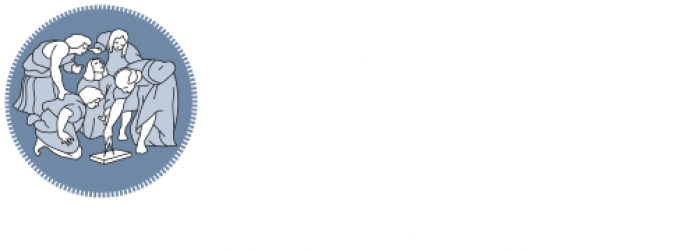VANIA (Villages ANalytics In Africa) is an open source Python-based tool aiming to get meaningful information and insights on individual remote villages over vast areas. Its goal is to facilitate the decision-making process when developing programs and projects in sub-Saharan countries. Its main application is in the field of rural electrification in developing countries. The tool uses open data from multiple sources ( e.g. night lights, existing and planned electric grid, and buildings locations data to identify, delimit and classify communities with respect to their level of access to electricity). The main goal is to return community-specific reports and dashboards. Moreover, the tool’s output is designed for it to be coupled with other tools, for example the Gisele (GIS for electrification) tool also developed by the Energy4Growing research team.
The methodology of VANIA consists of three main steps:
- Data gathering and analysis: data for the study area are retrieved. Based on night aerial imagery the area is subdivided depending on the probability of being currently electrified or not. Secondly, both parts are separately clustered with the HDBSCAN (Hierarchical Density-Based Spatial Clustering of Applications with Noise) clustering algorithm. For all the resulting clusters all available information are then gathered and analyzed, returning meaningful insights ranging from demographics to relative wealth indexes, from local energy resources to existing infrastructures (roads, schools, health centers, telecommunication towers, etc.).
- Data analytics: the previously gathered and analyzed information are used as proxies to predict additional information and indexes. These predictions are based on ground-truth data from analogous contexts. The main outcome is the estimation of current and future electric needs of each specific community which is based on information such as: number of buildings, area, type of landcover, degree of urbanization, existing public facilities, location, economic potential, distance from important cities, airports, ports, road, rivers, seas etc..
- Reporting: the results for all communities are aggregated, compared to each other, returning rankings depending on user-specific criteria. User-friendly and intuitive reports and dashboards are produced in order to facilitate the use of VANIA’s results for subsequent decision-making, resource allocation, and projects and programs design processes for rural electrification or for other purposes.

